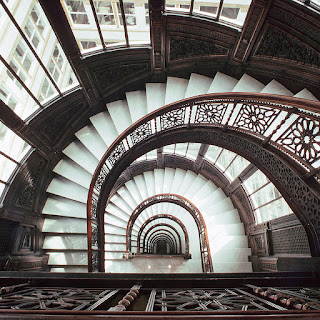In this day and age, where mortgage rates are too high and rent fees are ever-increasing, people who desire to strike out on their own choose to build a home in a studio apartment. The secret to living big in a small space is technique. John Eilermann.
High storage solutions takes advantage of any space a room has to offer. Even if it would require one to use a ladder to reach the storage, it’s still a pretty neat way to maximize studio space. Invest in furniture with double purpose; less furniture, more space. Choose furniture pieces that are practical and creative. One of the techniques that makes a studio apartment look spacious is hanging a lot of mirrors. Well-placed mirrors reflect the light is coming in from the window, brightening the space. John Eilermann.
Hang curtains at ceiling height to give the ceiling a lofted vibe, making the apartment look more spacious than it actually is. Another technique to maximize space is to use shelves to break up space. Shelving and dividers break up a studio space to turn one side into a bedroom. Utilize corners by installing shelves or wood panels that fit into a corner and turn into a practical space. This can turn a dull corner into extra storage or work area. John Eilermann.
Studio apartments don’t have to be lifeless. Making a small space look bigger is all about technique. Apartment owners or renters can show their creativity by turning their tiny space into a livable and pleasant home. John Eilermann.
 |
Image source:
decorilla.com
|
 |
Image source:
decoist.com
|
Hang curtains at ceiling height to give the ceiling a lofted vibe, making the apartment look more spacious than it actually is. Another technique to maximize space is to use shelves to break up space. Shelving and dividers break up a studio space to turn one side into a bedroom. Utilize corners by installing shelves or wood panels that fit into a corner and turn into a practical space. This can turn a dull corner into extra storage or work area. John Eilermann.
Studio apartments don’t have to be lifeless. Making a small space look bigger is all about technique. Apartment owners or renters can show their creativity by turning their tiny space into a livable and pleasant home. John Eilermann.









